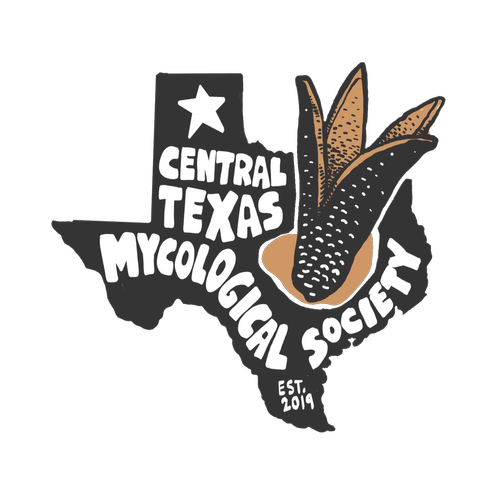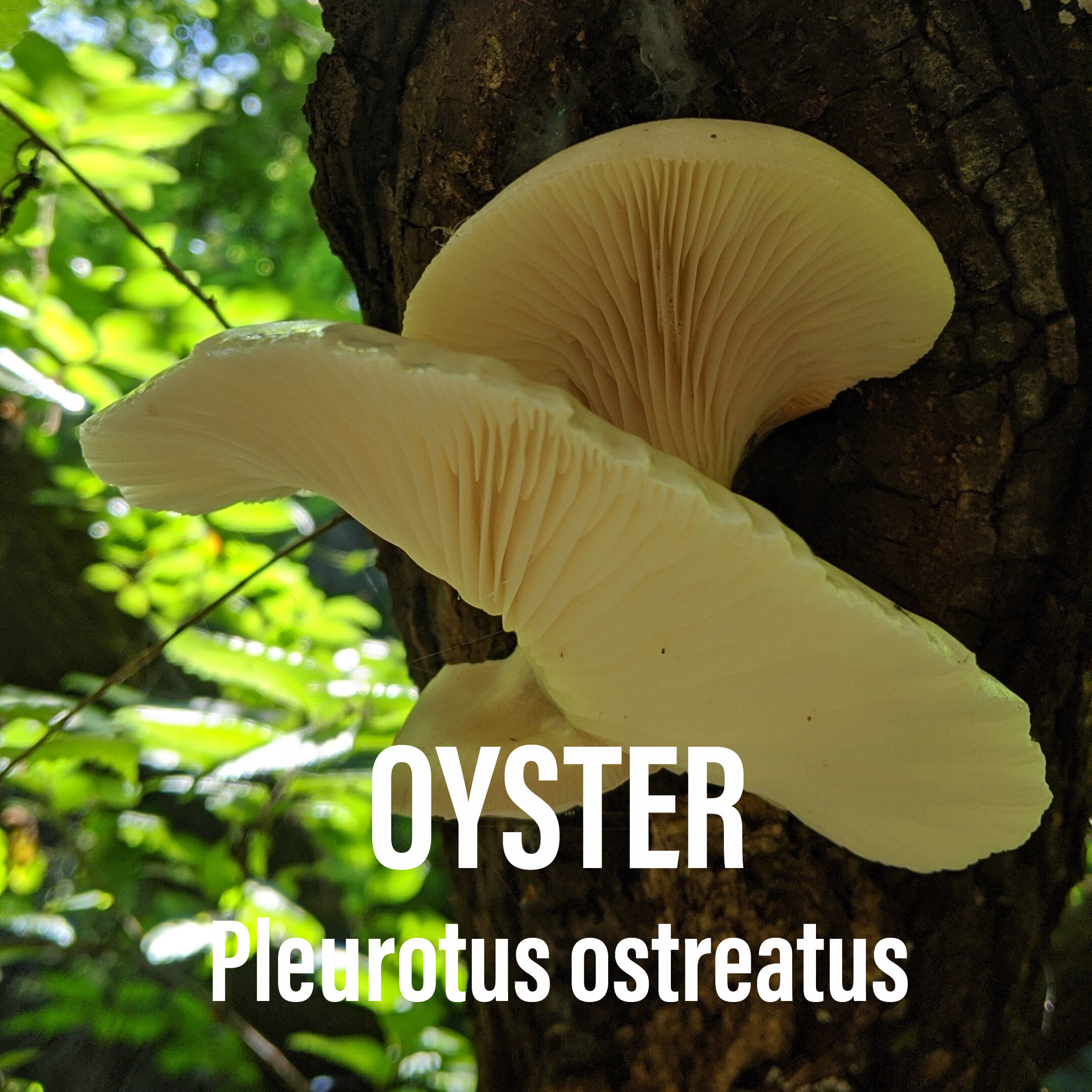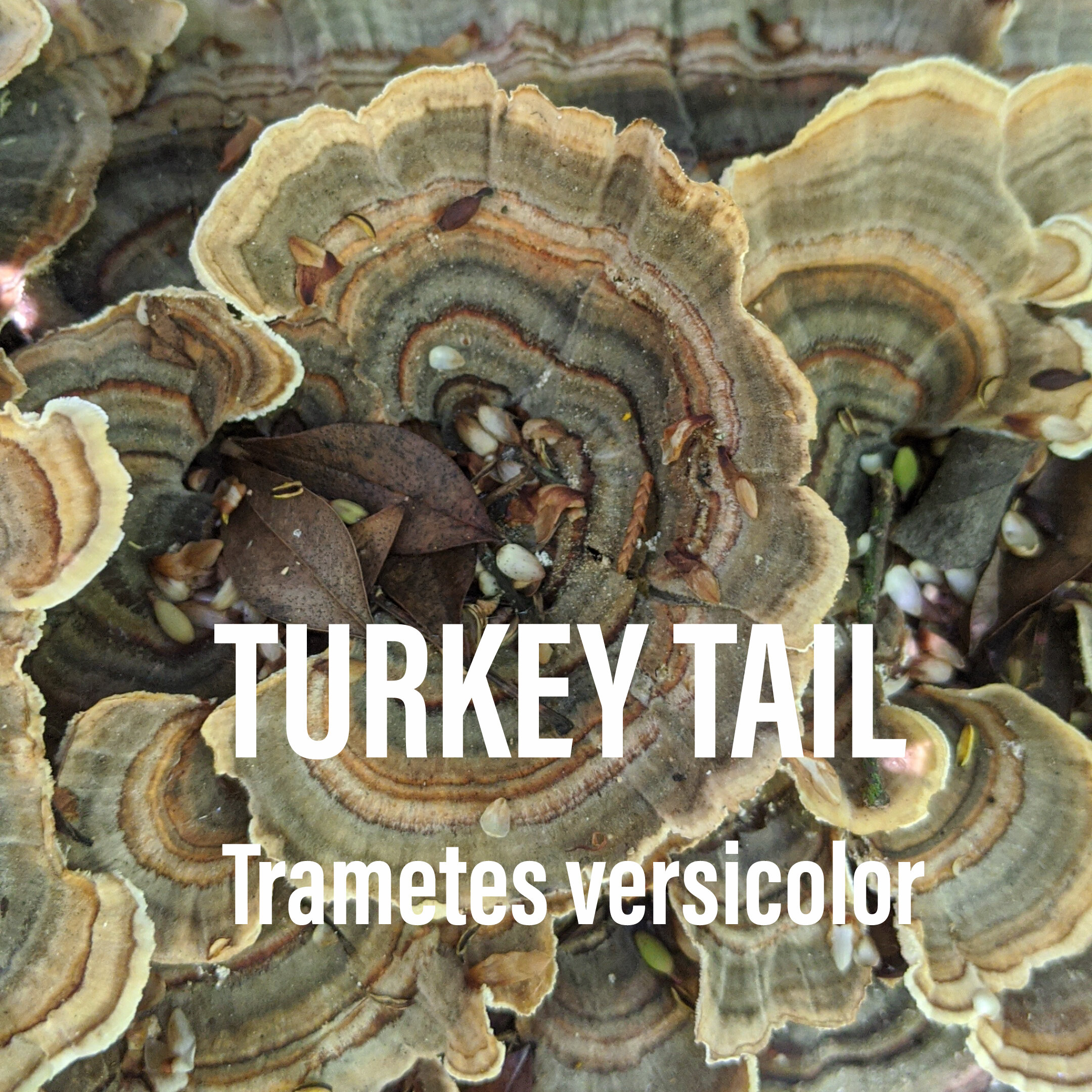March Foraging Forecast
MOREL: As the dewberries blossom, the choice edible morel, Morchella sp. starts to flush in Central Texas. These distinctive fungi have a honeycomb appearance due to the network of ridges with pits composing their caps. I'm already thinking about how to preserve morels so I can pair them with dewberries.
I found my first morels in Texas last year just as the pandemic shut everything down. SXSW was canceled and in my new found free-time I wandered near creeks looking under junipers for the honeycombed, yellow mushrooms. Morels have a mycorrhizal relationship with hardwood trees. In Texas, they are found near cedars or Juniperus ashei. They have a preference for soil with limestone and can be found near creeks but I have also observed them in boggy areas far away from creeks. They are illusive but do require moisture from rain. There is a lot of hope for this morel season because they need at least six weeks of freezing temperatures to grow but obviously they have adapted to our shorter winters in Texas. Be sure to tag us if you find any morels this season.
False Morels (Gyromitra carolina, Verpa species, Helvella species)
WOOD BLEWIT: As the weather continues to cool, look out for the edible Wood Blewit, Clitocybe Nuda. This distinct lavender-colored mushroom is found in hardwood leaf litter and is a great decomposer. Be warned because there are deadly, poisonous look-alikes in the Cortinarius family that grow in similar conditions. It's important to do a spore print AND also confirm the ID with an expert. The spores of the wood blewit are light pink to white and the spores of Cortinarius mushrooms are rust colored. I wrote up a blog post with lots of photos and details to help you identify this mushroom.
Fresh wood blewits are great with eggs in breakfast tacos. As they get older they become more tan and iridescent colored on the cap and taste bitter. I throw the older wood blewits my compost leaf pile because they are such great decomposers and will colonize and grow in hardwood leaf litter.
OYSTER: Continue to keep an eye out for Oyster Mushrooms, Pleurotus ostreatus grows on dead black willows and oaks. There have been several observed along creeks and rivers recently.
TURKEY TAIL: The medicinal mushroom Turkey Tail, Trametes versicolor will also flush after rain on downed hardwood logs, stumps and, occasionally, on conifer wood. Make sure the underside is porous and white because it can look a lot like False turkey tail. Mushroom Expert has a useful check list to determine if it is true medicinal turkey tail.
WOOD EAR: Auricularia americana, an edible jelly fungus pops up on downed hardwood limbs a few days after a good rain. Wood ear mushrooms are a popular ingredient in many Chinese dishes, such as hot and sour soup, and also used in Chinese medicine. It is also used in Ghana, as a blood tonic. Modern research into possible medical applications has variously concluded that wood ear has anti-tumor, hypoglycemic, anticoagulant and cholesterol-lowering properties.
As always, if you are trying a new mushroom, confirm the ID with an expert, then try a small amount to make sure you don't have an allergic reaction. Texas Mushroom Identification Facebook group is great for quick responses and ID help. Also, don't forget to add your finds on the Mushrooms of Texas project on iNaturalist.





